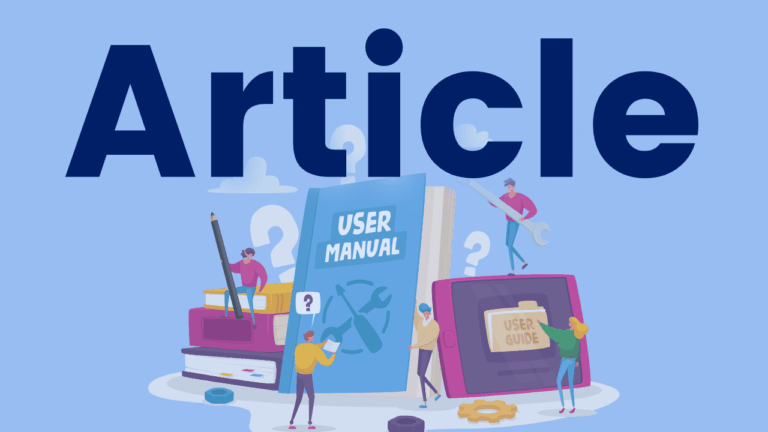Data-Based Decision Making in Multi-Tiered Systems of Support: Principles, Practices, Tips, and Tools
In this International Dyslexia Association Perspectives article, Sarah V. Arden and Jill M. Pentimonti emphasize the vital role of data-based decision-making in Multitiered Systems of Support (MTSS) to improve reading outcomes for students, especially those with disabilities. MTSS offers a framework with three tiers of instruction involving progress monitoring to determine suitable support levels. The authors stress the need for a climate of data fluency among educators, promoting collaboration to analyze data and identify students needing additional support. Diagnostic assessments are essential in Tier 3 to guide individualized interventions, with regular progress monitoring to make timely adjustments. The article aims to aid educators in effectively utilizing data to enhance student achievement within the MTSS framework.


